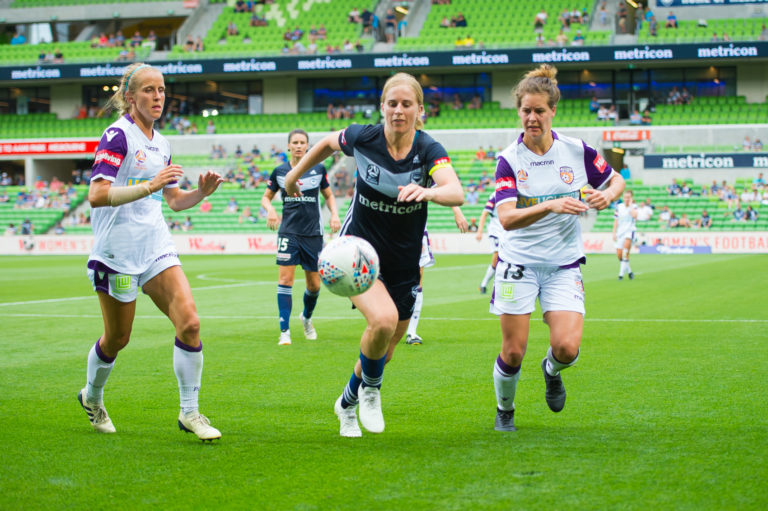
By Paulo Da Silva
Sports photography may be more related to the movement of any other field, and the best photographs, of course, are those made by people who know the subject very well.
Having said that, it’s also important to remember that with any sports you will get a lot of chances to have a shot with great impact.
“An essential feature of photography is the intimate and special relationship it has with action and movement; the fixed picture records a small slice of the succession of events that take place before the DSLR camera and freezes a moment”.
From the outset, this was one of the most fascinating attributes of the camera, which sometimes gave even a whole new insight into the anatomy of quick action. Eadweard Muybridge’s famous moving animal sequences, made in the 1880s, were prepared to decide a bet with his sponsor as to whether the four legs of the galloping horse were in the air at the same time, thus giving rise to the cinema.
It took the appearance of the photograph to describe the actions of an animal that man had known for thousands of years, which demonstrates how one can use the photographic processes to analyse and dissect the experience.
Due to the nature of the process, the DSLR camera cannot fail to capture motion in a single permanent image. However, rapid action, especially in sports has special characteristics, and to be approached with expertise it is necessary to react very quickly, to know how the DSLR camera and its sensor reacts to the movement of the object, and to perceive the structure and voltages of the own action.
The most essential quality to photograph the action, whatever the equipment and techniques used, is anticipation. Quick action requires the photographer to be prepared, and this, in turn, depends on your knowledge of the action.
Sports photography may be more related to the movement of any other field, and the best photographs, of course, are those made by people who know the subject very well.


